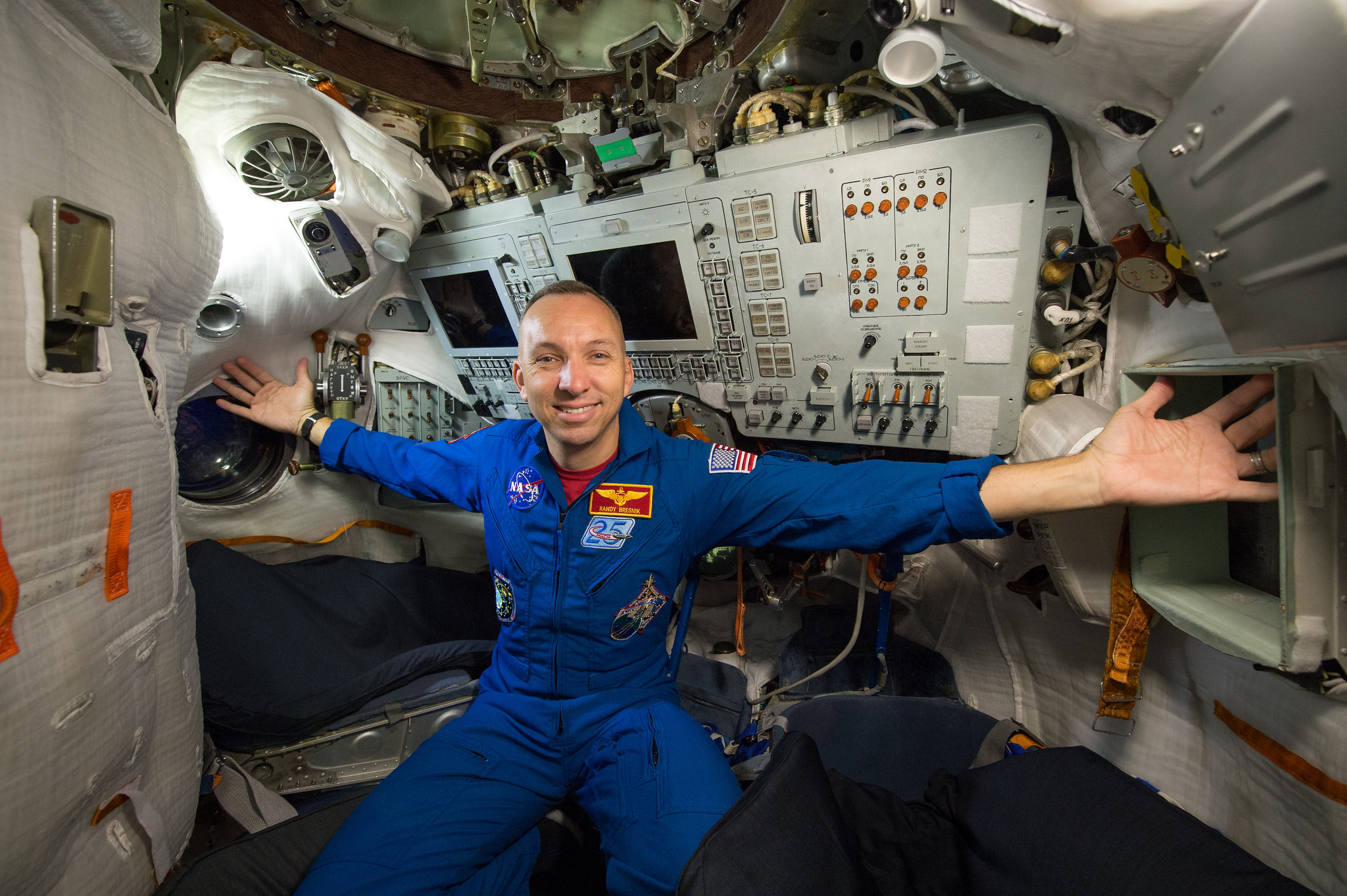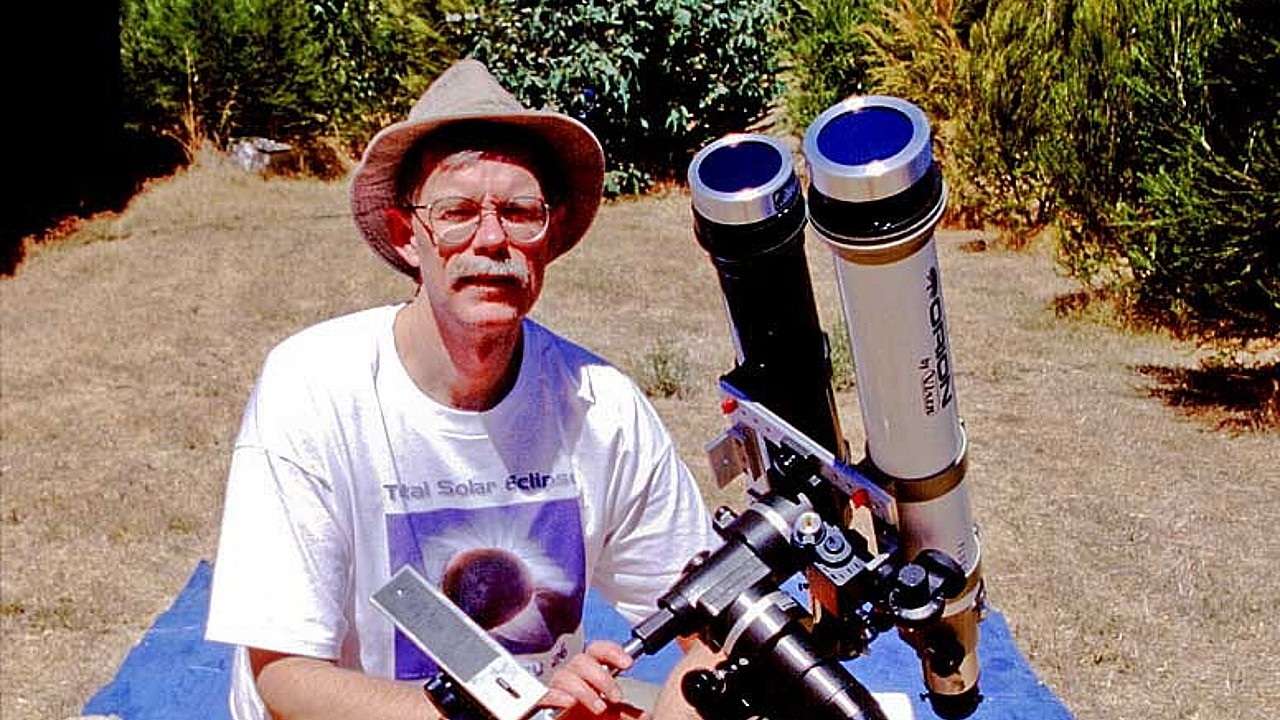Astronauts on the Space Station Will See the Solar Eclipse 3 Times (Video)
When the Great American Solar Eclipse sweeps across the continental U.S. on Aug. 21, astronauts aboard the International Space Station (ISS) will have a chance to see it from a unique vantage point.
"We're going to have a front-row seat to that [the solar eclipse] — 250 miles [400 kilometers] closer than you will there down on Earth," NASA astronaut Randy Bresnik told Space.com in a preflight interview on NASA TV.
Bresnik is scheduled to blast off toward the space station Friday (July 28) along with his two Expedition 52/53 crewmates, European Space Agency astronaut Paolo Nespoli and Russian cosmonaut Sergey Ryazanskiy. Liftoff is set for at 11:41 a.m. EDT (1541 GMT) The trio will spend six months aboard the orbiting lab. You can watch the launch live on Space.com, courtesy of NASA TV, beginning at 10:45 a.m. EDT (1445 GMT). [The Best ISO-Certified Gear to See the 2017 Solar Eclipse]

Because the ISS orbits Earth every 92 minutes, the astronauts on board will have multiple chances to see the eclipse, which will last for a little over 4 hours. The eclipse will begin over the Pacific Ocean at 11:46 a.m. EDT (1546 GMT) and move southeast across the U.S., ending over the Atlantic Ocean shortly after 4 p.m. EDT (2000 GMT). [Total Solar Eclipse 2017: Path, Viewing Maps and Photo Guide]
"Over three different passes, we'll get to see the solar eclipse looking up from the station on the first one," Bresnik said. "The next pass, when we come over the United States, we'll actually be able to see the solar eclipse as it transits across the continental U.S. And then, on the third pass … we'll actually be able to look up and see about an 85 percent occlusion of the sun."
In addition to seeing the moon's shadow on Earth, the ISS crew will get to view the eclipse directly by looking out the window toward the sun — with the proper eye protection, of course.
"We've got special filters and cameras, and we're ready to go take those pictures and go ahead and share them with you on the ground," Bresnik said.
Get the Space.com Newsletter
Breaking space news, the latest updates on rocket launches, skywatching events and more!
Editor's note: Space.com has teamed up with Simulation Curriculum to offer this awesome Eclipse Safari app to help you enjoy your eclipse experience. The free app is available for Apple and Android, and you can view it on the web.
Join our Space Forums to keep talking space on the latest missions, night sky and more! And if you have a news tip, correction or comment, let us know at: community@space.com.

Hanneke Weitering is a multimedia journalist in the Pacific Northwest reporting on the future of aviation at FutureFlight.aero and Aviation International News and was previously the Editor for Spaceflight and Astronomy news here at Space.com. As an editor with over 10 years of experience in science journalism she has previously written for Scholastic Classroom Magazines, MedPage Today and The Joint Institute for Computational Sciences at Oak Ridge National Laboratory. After studying physics at the University of Tennessee in her hometown of Knoxville, she earned her graduate degree in Science, Health and Environmental Reporting (SHERP) from New York University. Hanneke joined the Space.com team in 2016 as a staff writer and producer, covering topics including spaceflight and astronomy. She currently lives in Seattle, home of the Space Needle, with her cat and two snakes. In her spare time, Hanneke enjoys exploring the Rocky Mountains, basking in nature and looking for dark skies to gaze at the cosmos.
